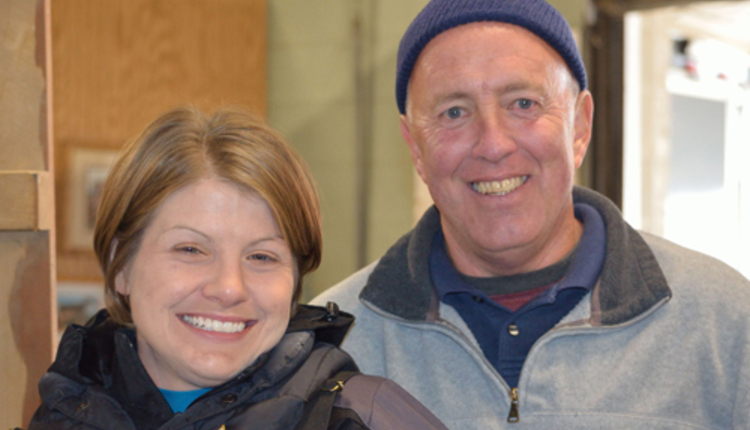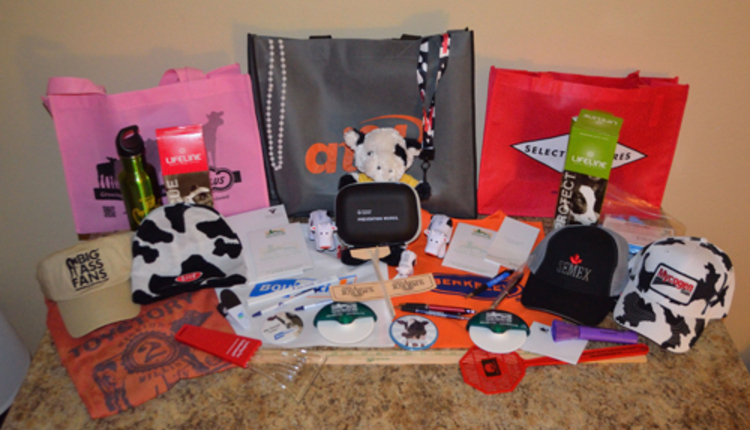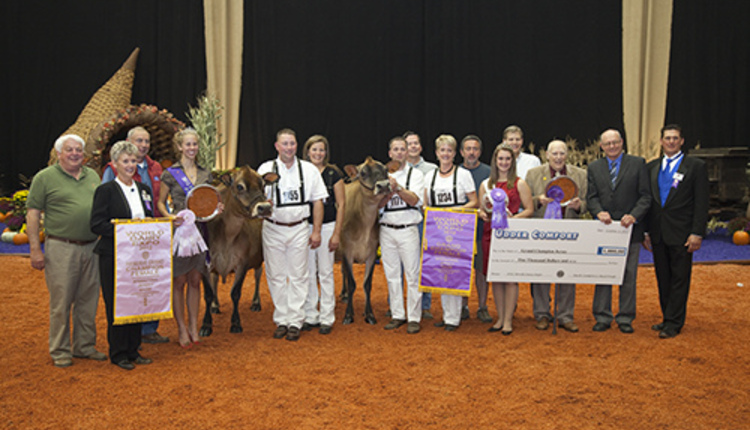
To build trust, farmers know they must become a familiar face to their customers. From coffee shops to hay sales, farmers have used these traditional venues to build relationships with neighbors and customers. While making yourself a familiar face at locations in your local community isn't a bad place to start, in today's society a dairy farmer can reach even more people without even leaving the farm.
We've all heard the chatter about the growing presence of social media, but have you created an engaging exchange of information about agriculture online? Social media gives farmers the ability to build relationships and reach consumers in a similar fashion to how their grandfathers did at the local coffee counter.
Regardless of the social network you prefer, find a way to grab the attention of your followers. An effective strategy could be using pictures to catch their eye, and using your words to catch their mind. For example, a picture of a calf could be a great way to draw in your audience.
Once you have caught their attention, include a key dairy message to catch their mind. For example, with a calf picture you could post a caption like, "This morning I bottle fed each calf to make sure they each received adequate nutrition." A list of consumer-tested key messages can be found at www.dairycheckoff.com.
Another great way to catch their attention is to post a video. Today, creating videos is simple and inexpensive. The key is to be genuine because your audience can tell when they are being fed a scripted line. Don't worry about the production quality of your video, simply video taping as you do chores in the morning can be a great way to let consumers see what you do on a day-to-day basis.
Then call your followers to action. Effective use of social media should involve two-way communication between you and your audience. Encourage conversation by asking questions or hosting contests. Something as simple as asking your audience to help think of a name for a new calf can help build relationships. Once you have built that trust, they will come to you when they have more serious concerns or questions about the production of their food.








